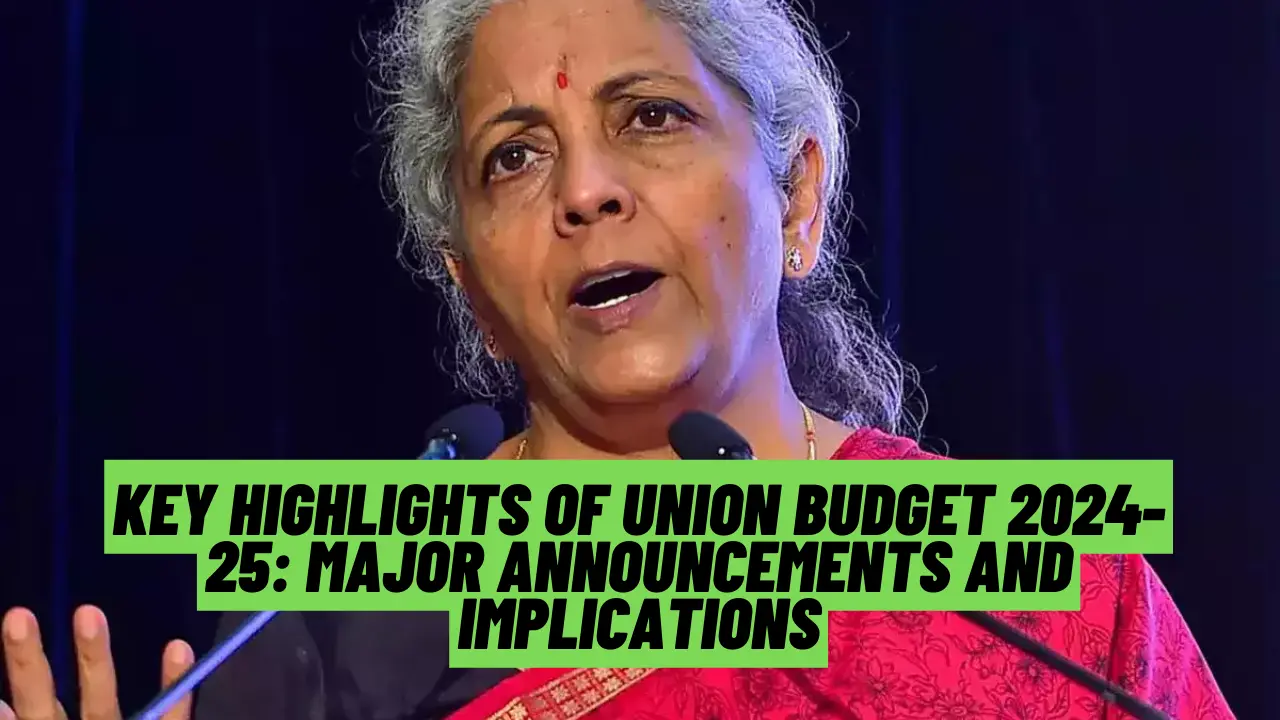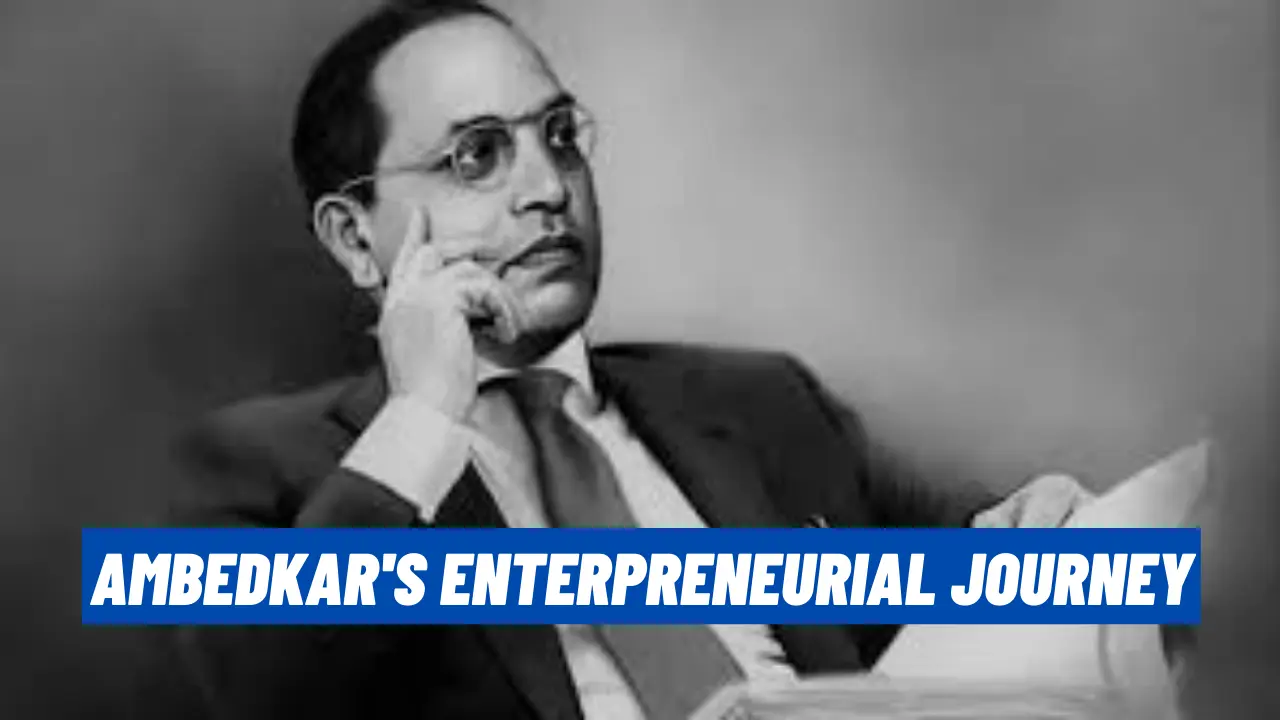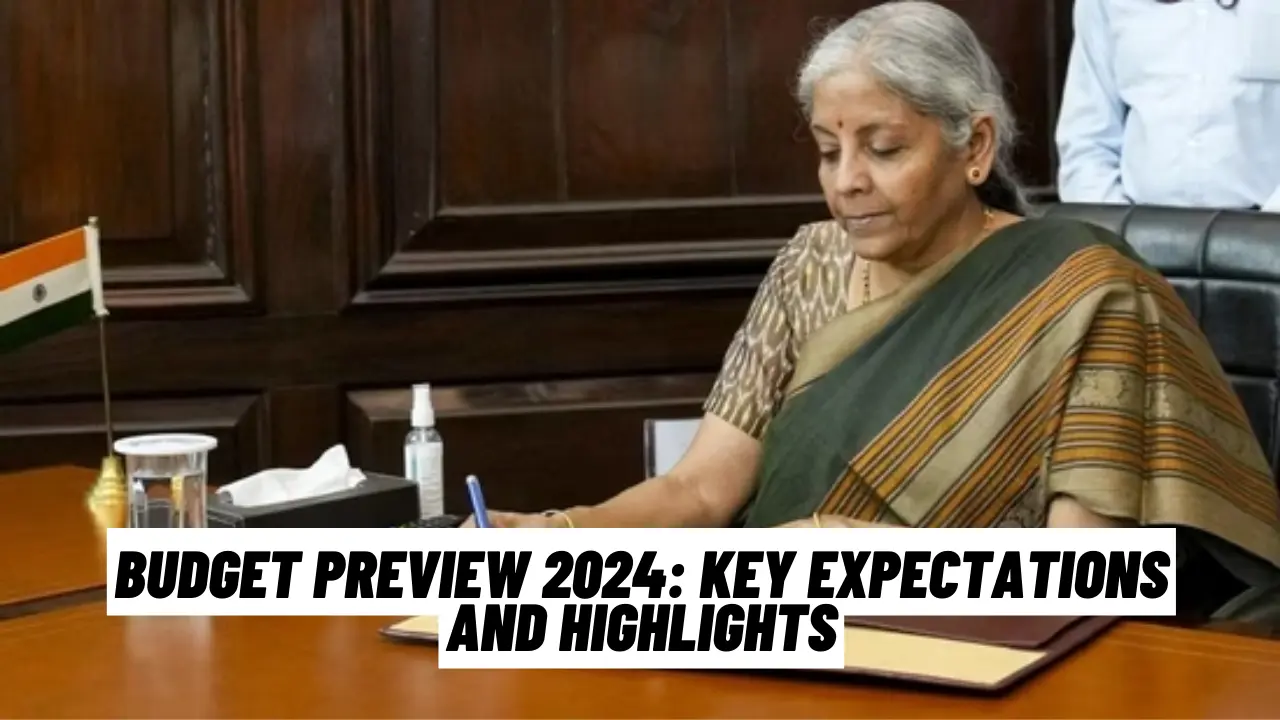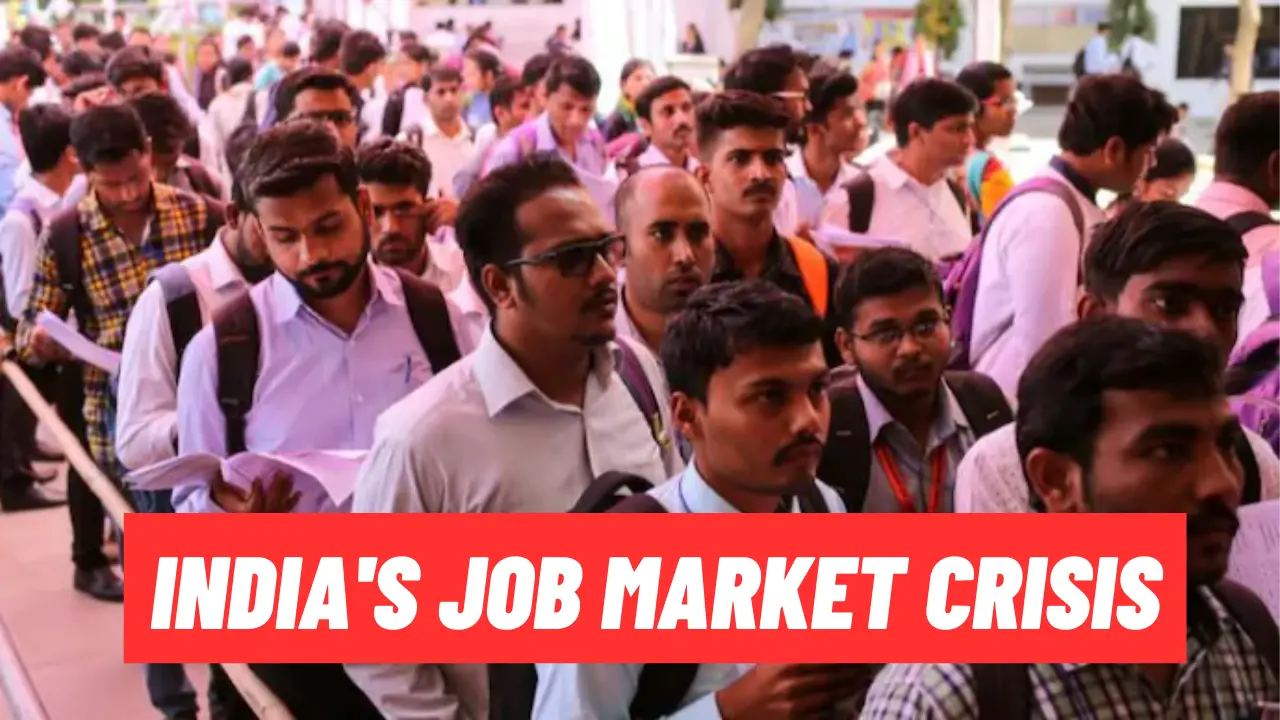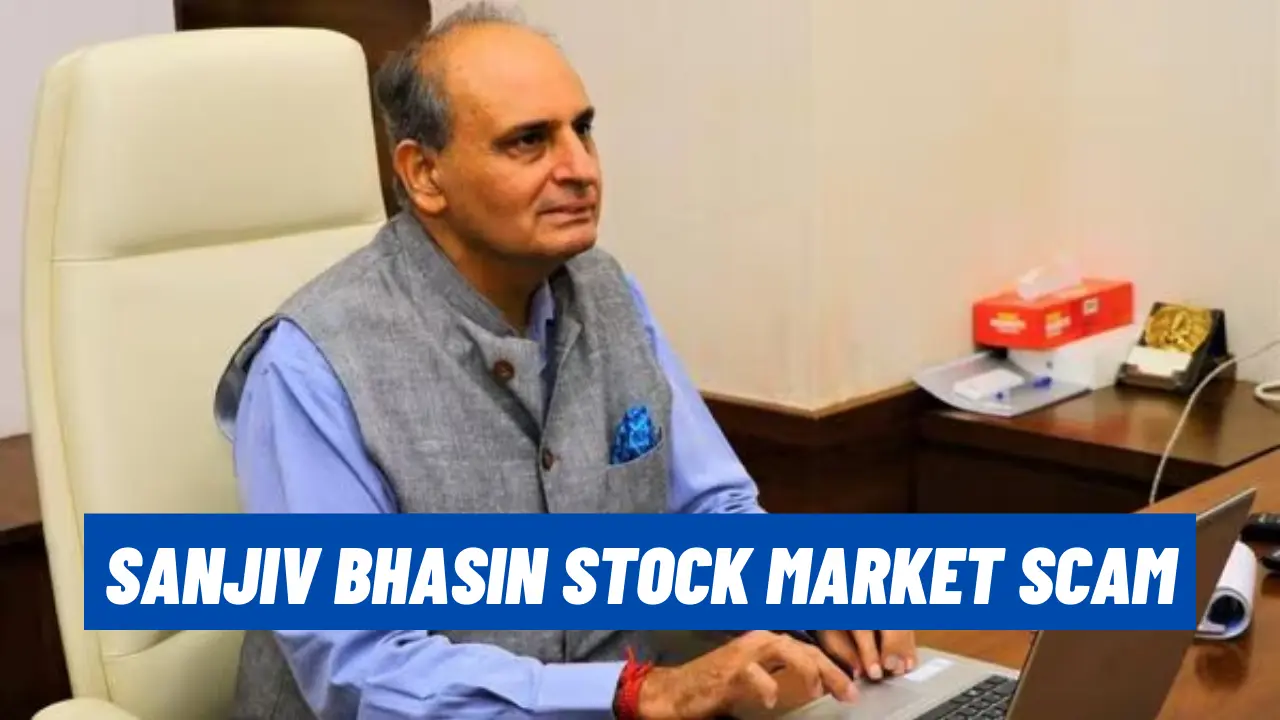Finance Minister Nirmala Sitharaman presented the Union Budget for the fiscal year 2024-25 on July 23, 2024, amid high expectations and global economic challenges. Here are the major highlights and implications of the budget:
1. Tax Reforms
- Income Tax Slabs: Changes in income tax slabs to provide relief to the middle class, with an increased exemption limit and new tax brackets to benefit lower and middle-income groups.
- Corporate Tax: Rationalization of corporate tax rates to encourage investment, particularly for MSMEs.
- GST Simplification: Measures to simplify GST compliance and potential rate rationalization to improve the ease of doing business.
2. Infrastructure Development
- National Infrastructure Pipeline (NIP): Continued investment in the NIP with a focus on completing ongoing projects and initiating new ones in key sectors such as transportation, energy, and urban development.
- Smart Cities and Urban Infrastructure: Increased allocation for smart city initiatives, public transport, and urban infrastructure projects to improve the quality of life in urban areas.
- Rural Infrastructure: Significant funding for rural roads, irrigation projects, and rural electrification to boost agricultural productivity and rural connectivity.
3. Agriculture and Rural Development
- PM-KISAN Scheme: Enhanced financial support under the PM-KISAN scheme, with a focus on timely disbursement and increased coverage.
- Agri-tech and Irrigation: Promotion of agri-tech solutions and expansion of micro-irrigation projects to improve water use efficiency and crop yields.
- Rural Employment: Boost to MGNREGA and other rural employment programs to address rural distress and unemployment.
4. Healthcare and Education
- Healthcare Infrastructure: Increased allocation for healthcare infrastructure, including the construction of new hospitals and healthcare facilities, and expansion of the Ayushman Bharat scheme.
- Digital Education and Skill Development: Focus on digital education initiatives, skill development programs, and higher education infrastructure to equip the workforce with future-ready skills.
5. Social Welfare
- Women and Child Development: Enhanced focus on schemes like Beti Bachao Beti Padhao, nutrition programs, and measures to ensure women’s safety and empowerment.
- Senior Citizens and Disabled: New initiatives and increased support for the welfare of senior citizens and persons with disabilities.
6. Green Initiatives and Sustainability
- Renewable Energy Investments: Higher investment in solar, wind, and other renewable energy sources to promote a sustainable energy future.
- Electric Vehicles (EVs): Incentives for EV adoption, development of charging infrastructure, and support for battery manufacturing to accelerate the transition to electric mobility.
- Environmental Sustainability: Initiatives to promote sustainable practices in agriculture, industry, and urban planning to combat climate change.
7. MSME and Startup Support
- Credit Support for MSMEs: Enhanced credit support and schemes for MSMEs to ensure their growth and sustainability.
- Startup Ecosystem: Policies to encourage innovation, ease of business, and funding for startups to boost entrepreneurship and job creation.
8. Defence and Security
- Defence Budget: Significant allocation for the modernization of armed forces and self-reliance in defence manufacturing.
- Internal Security: Enhanced funding for internal security, border infrastructure, and cybersecurity to ensure national safety.
9. Digital India and Technology
- Digital Infrastructure: Investment in digital infrastructure, broadband connectivity, and the rollout of 5G technology to drive digital transformation.
- Emerging Technologies: Support for emerging technologies like AI, blockchain, and quantum computing to maintain technological leadership.
10. Fiscal Discipline
- Fiscal Deficit Control: Measures to control the fiscal deficit while ensuring economic growth and development.
- Public Debt Management: Strategies to manage public debt efficiently without stifling growth or investment.
Implications
The Union Budget 2024-25 aims to balance economic growth with fiscal responsibility, addressing immediate needs while setting the stage for long-term prosperity. The emphasis on infrastructure, rural development, healthcare, education, and green initiatives is expected to drive inclusive growth and sustainable development. Tax reforms and support for MSMEs and startups are likely to stimulate investment and job creation, while measures to promote digital transformation and technological innovation will ensure India remains competitive in the global arena.
Stakeholders from various sectors will be closely monitoring the implementation of these announcements to gauge their impact on the economy and society.
